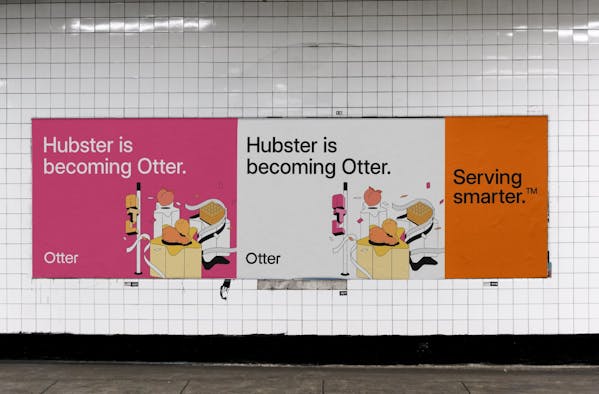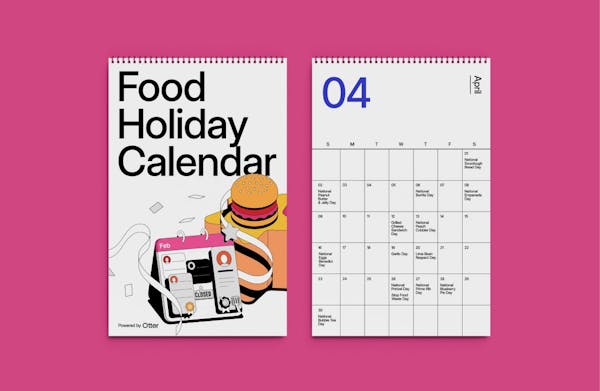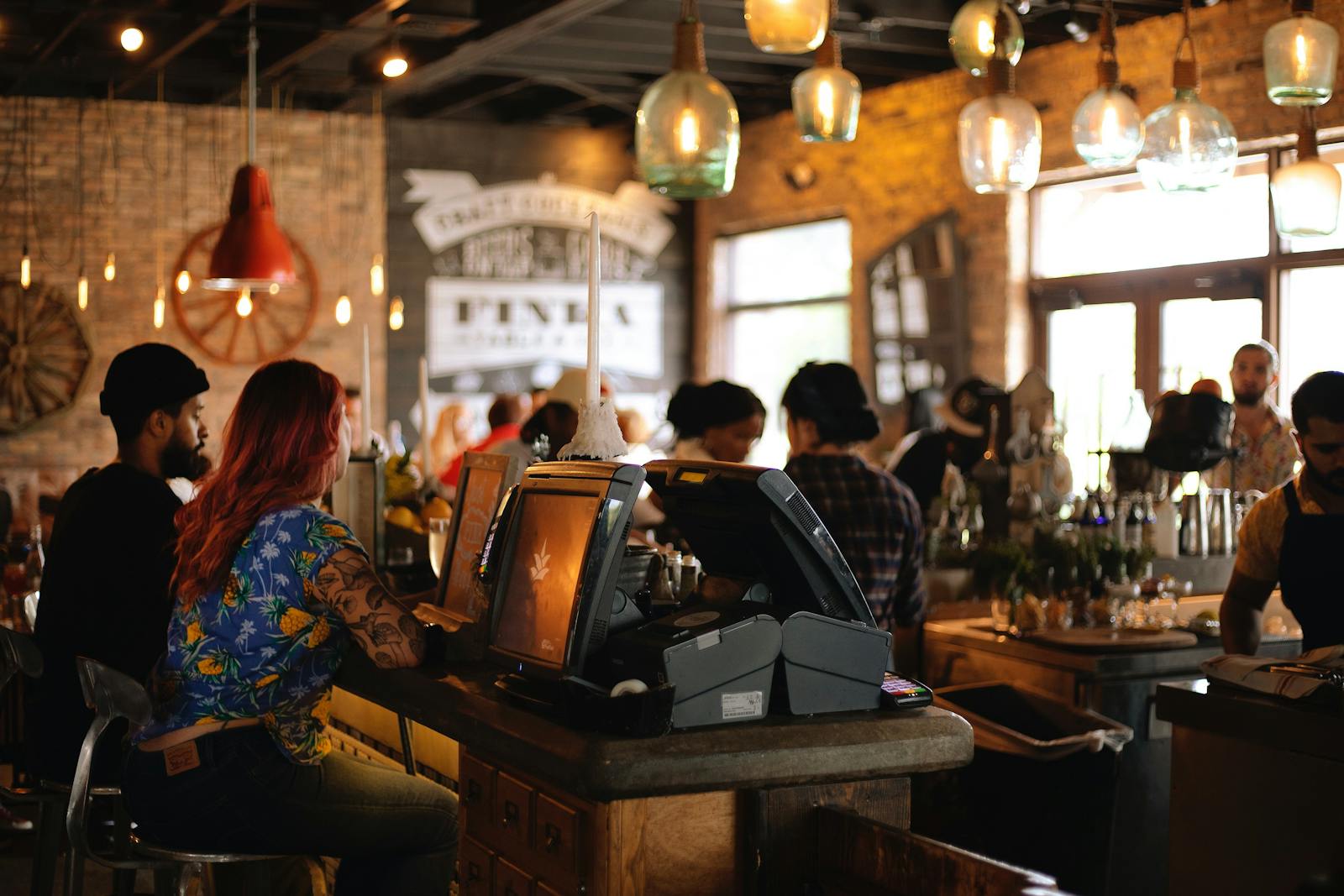
It’s no secret that starting a restaurant is no easy task. But the real challenge begins when you’re knee-deep in running one and thinking about how to drive it to success. We’re talking about everything that needs to happen from front to back of house, staff and inventory management, day-to-day restaurant operations and the list goes on.
A good restaurant POS system or point-of-sale system is not only the heart of every modern day business but the answer to your operational headaches and more. Having the right restaurant POS system allows you to get more done, from receiving payments to streamlining restaurant operations and automating restaurant tasks.
This brings us to the next and most important question – what makes a good POS system for your restaurant? Finding the best restaurant POS system can be difficult, especially if you’re just starting off with running your first restaurant. We’ve gathered a list of things you should know about POS systems and how to choose one that suits your restaurant!
What this blog covers:
- The benefits of having a POS system
- Types of POS terminals
- What to consider when looking for the best POS system for your restaurant
- POS system features that could be helpful for your restaurant
Keep reading for all you need to know about choosing the right POS system below!
What are the benefits of a POS system for your restaurant?
As mentioned, a good POS system is important to the smooth running of your restaurant. But if you’re still not convinced, here are a couple of instances of POS solutions for the common pain points that often happen around a restaurant.
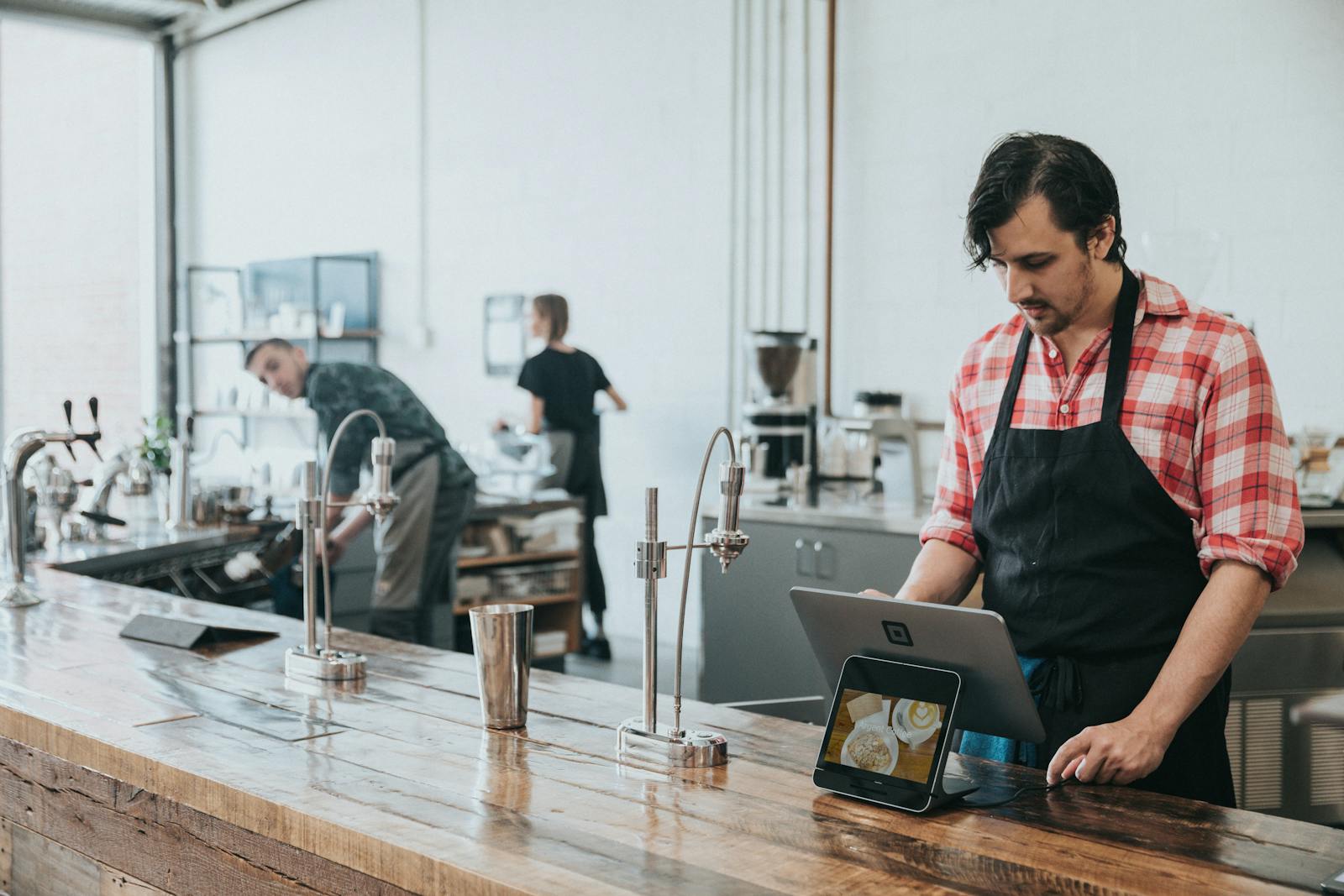
1. Accept payments
There are many things a POS system can do for you, but accepting and processing payments is the one thing that all restaurants would require a POS system for. In fact, the first POS terminal ever introduced was simply used to accept card payments. Depending on your customers, POS systems today are cut out to receive various forms of payments such as:
- Cash
- Debit, credit and prepaid cards with a magnetic strip
- Debit, credit and prepaid cards with an embedded chip
- Contactless payments through mobile wallets, unified payments interface UPI or a quick response code (QR code)
With cashless and sustainable payment channels becoming the now and the future, if your restaurant is still using that old cash register, it’s time you consider upgrading it to a POS system that can do lots more.
2. Inventory tracking and management
Inventory management is one of the biggest headaches for every restaurant owner or manager. But when done right, inventory management not only helps reduce food wastage for your restaurant but also helps save money. It enables you to monitor your food costs, inventory waste and in return, increase your restaurant’s bottom line.
The last thing you want is to have your bestselling dishes run out during a dinner rush, disappointing your customers. That is where POS softwares can come in handy to help keep track of your inventory levels as well as learn what your customers love most from your menu.
3. Track sales performance
Each transaction that goes through your POS system is a new set of valuable data for you to learn how your restaurant is doing and strategise for the upcoming months. For those who are managing restaurants across multiple locations, your POS system can create sales reports and help you track your restaurants’ performances in different locations.
Examples of reports you can get from your POS system, depending on its functionalities include total sales, sales for any given time period, sales per item or category, and sales by item or staff. Use these data to focus on your biggest revenue generators and create demand and revenue forecasting for your restaurants. If you're a Otter customer, understanding restaurant performance becomes even easier with Analytics. See how your restaurant is doing across platforms and locations at a glance.
4. Collect customer information
Collecting, tracking and managing customer information is also one of the great things a POS system can do for you. With the information you collect, you’ll be able to understand your customers better to come up with retention strategies and marketing promotions that can motivate them to continue spending in your restaurant.
5. Increase operational efficiency
Efficiency is one of the keys to good customer service and to do that takes a lot of coordination from front-house staff to kitchen crew. Having a POS system allows your staff to easily track orders and ensure orders are fulfilled according to customers’ requirements. If you juggle orders from multiple platforms, having your POS integrated with Otter's Order Management will allow you to send your orders directly to the kitchen to increase operational efficiency.
If you run a quick service restaurant, you can even consider installing self-service kiosks or QR code ordering integrated to your POS system. This way, your customers can place orders themselves, saving your staff time and minimising wait time for your customers.
6. Scale online orders
We’ve talked about why online ordering is essential to stay competitive and get ahead of the game, but how do you scale up your online delivery business without adding too much stress to your current restaurant operations?
Integrating a delivery POS system to your operational process can actually help your restaurant take on more orders. With the whole process automated from when the order is made to sending the orders out of your restaurant, your restaurant will have capacity to take on more orders both online and in-store.
Types of POS terminals
A point-of-sale terminal is basically the technology you use to complete transactions in your restaurant. Every POS terminal has its own pros and cons, but it all boils down to which one suits your needs best. Here are the 4 most common POS terminals you can consider:
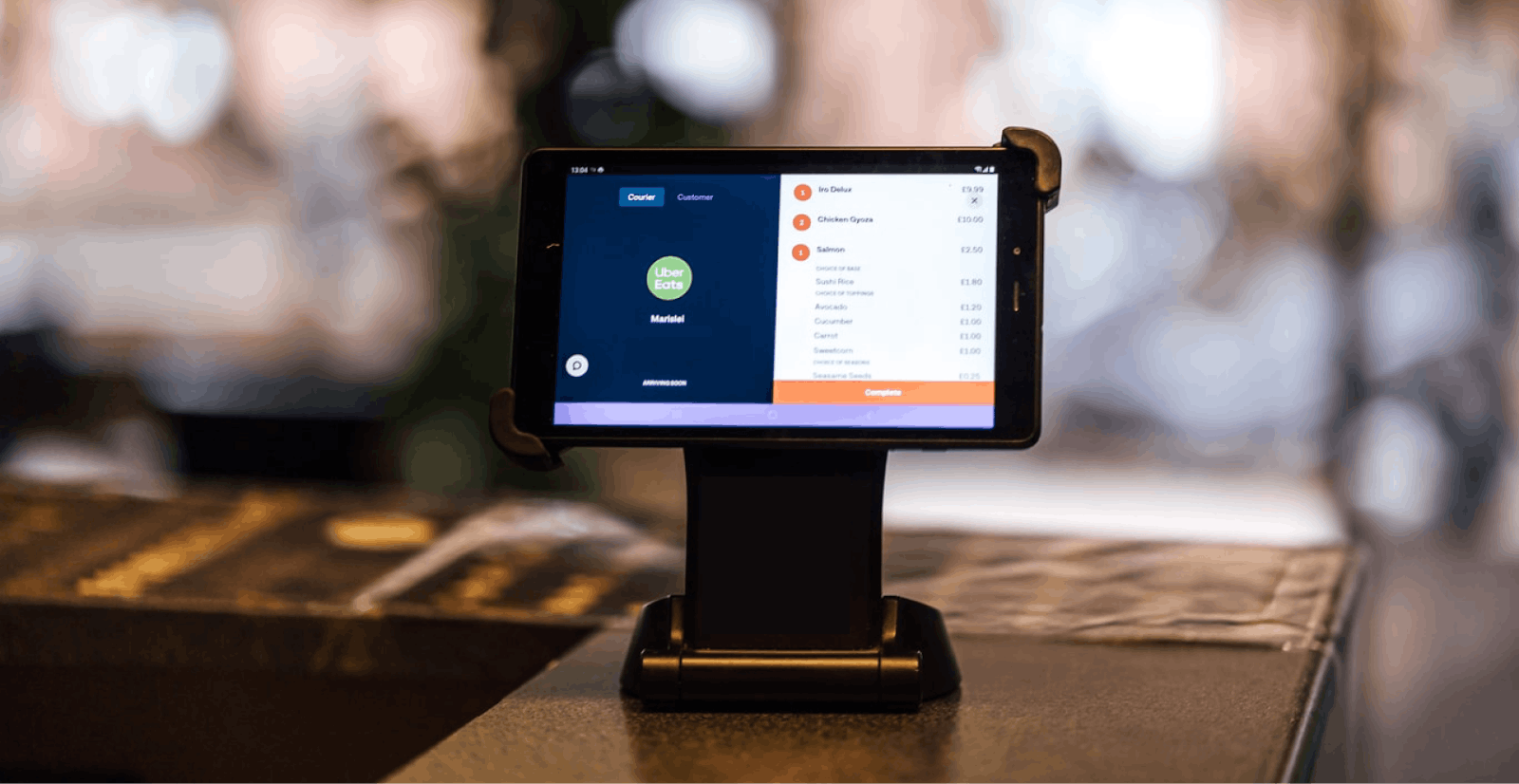
1. Legacy Software
A Legacy POS, also known as the traditional POS system. Typically used by brick-and-mortar businesses, this technology requires installing an on-site server to use the system.
Advantages: Works well offline because of its simplicity and rapidity to complete operations.
Drawbacks: If you own multiple stores across different locations, installing a server for each store could get pretty costly.
2. Cloud Computing Terminals
Cloud-based POS is probably the most common POS technology used by businesses today. Unlike the Legacy POS, your data is stored in a cloud via a remote server and could be accessed anywhere.
Advantages: Able to upgrade features through third-party integration and manage your POS system remotely, anytime and anywhere.
Drawbacks: Since internet connection is required, you won’t be able to access your POS when there are internet disruptions.
3. Mobile Terminals
Like its name, a mobile terminal or mPOS (mobile point of sale) works with a smartphone or tablet. How it works is that you download the mobile transaction application onto any of your mobile or tablet devices, and that will be your POS system.
Advantages: Great for smaller businesses as Mobile POS are usually more affordable and could be accessed anywhere.
Drawbacks: Certain features might not be supported for Mobile POS.
4. Self-service Terminals
Often used by fast-food chains, self-service terminals allow customers to order and pay themselves through a self-service kiosk.
Advantages: Shorter wait times and improved accuracy for orders with custom requirements.
Drawbacks: Not only that purchasing and installing a kiosk can be a significant expense, customers who are not familiar with how to use it could get frustrated when they face issues. In that case, having an employee standby to assist can be helpful.
What to consider when looking for the best POS system for your restaurant
The variety of options available definitely made it harder to pick the right POS system for your restaurant. We know that it can be tough to figure out what you should be researching, especially if you’re new to POS systems. Here are a few things to have on top of mind when selecting a POS:
1. Drawbacks of your existing system. So you already have a POS system that your restaurant is using but you’re looking to upgrade it because you have more budget now or perhaps you’re looking to scale up your business. Think about what are the downsides of your existing POS system and if your business goals have changed to help decide which POS system will be best for your restaurant.
2. Your budget. As pricing and features vary from one POS system to another, it is important to consider your budget and your needs when finding the best POS system for your restaurant. After all, a POS system with extensive features is certainly a great thing, but if it’s going to add quite a bit of burden to your finances, it might just not be the right one for you.
3. Ease-of-use. This is especially important if this is your first time taking the plunge into the POS territory. Make sure that your POS system is not too complicated, otherwise it defeats the purpose of trying to simplify operations around your restaurant.
4. POS system features and functionalities you need. It’s not really practical to aim for a POS system that is packed with every feature you can think of. You could come up with a list of the top five or 10 features that you think can help with your business’ operations and look out for POS systems that would check all or at least most of the boxes.

Which POS system features are helpful for your restaurant?
Shortlisting features is easier said than done. Don’t worry mate, we’ve got that figured out for you as well. Here are some of key features to add into your checklist:
1. Table Service Management & Reservations
Having customers queue up to dine or take out is a sign that your business is doing well, but you wouldn’t want a queue of frustrated customers. Chances are that when a customer sees a long queue with no predictability of the wait-time, they would most likely turn to your competitors next-door instead.
A table service management and reservations system is also essential for managing your front-of-house operations. In fact, up to 83% of guests prefer reserving a table online before they head out to eat. Once that option is available for customers, you’ll not only be able to estimate the amount of walk-in guests you can take for that period of time but also forecast the wait-time, which could in return improve efficiency and increase customer delight.
2. Inventory Management
When choosing a POS system, inventory management is the one feature that you’d want to make sure is built into the system. Not only that having good inventory management can keep you up to date with your food supply levels, it also helps you gauge what customers love from your menu and what they aren’t so interested in on the other hand. Some POS solutions can even notify you when certain inventory items are running low, which can make a huge dent in solving your out-of-stock problems.
3. Customer database
Adding your new and existing customers to your database is the first step to encouraging return visits and customer loyalty. A POS with customer database built into the system allows your staff to add new customers during checkout and store their data such as contact information, birthdays etc.
That way, you can offer personalised promotions such as birthday discounts and come up with loyalty programs that will get customers to return again in the future. You could also send them reminders via text message or email whenever there are seasonal promotions happening in your restaurant, to create awareness for your marketing campaign and increase sales at the same time.
4. In-depth reporting
A complete POS system should be able to provide quality and in-depth reports that can help you understand how your restaurant is performing and what you can do to improve sales.
Most systems do have pre-built report features within the software, but considering that you might require more detailed reports in the future when your business starts to grow, perhaps you should consider investing in a system that allows you to access custom reports. A POS solution that allows you to access your auditing reports could also be helpful, to keep a solid track of your sales and taxes, and to keep your auditor happy.
5. POS integrations
Lastly, make sure that your POS system allows third party integrations so that you can gain access to more solutions that can help you grow your business. For example, you could connect your POS system with Hubster’s Order Management to have all your orders sent directly to the kitchen to reduce human error and to build a better workflow between your storefront and kitchen staff.
Try Otter to keep your orders in sync
Otter is integrated with most POS systems such as Square, Abacus, IdealPOS, SwiftPOS, AiMenu, OrderMate, Fedelta, Triniteq, Revel Systems and more. If your restaurant does delivery and you’ve been manually handling orders from multiple platforms along with your dine-in orders, this is for you. Otter's Order Management keeps your delivery apps in sync and allows you to:
- Consolidate and manage all your orders in one place.
- Auto-accept and print all your online orders - which means no more missed orders or cancellation!
- Get notified when a customer changes their order and increase customer satisfaction.
- Integrate your POS system to send your orders straight to the kitchen.
Otter helps consolidate your point of sale and online orders into a single system, automating your restaurant operations so that you can focus on giving your customers the best experience.

